The Eastern Cape offers a variety of different safari experiences from diverse plant and wildlife, to marine game viewing. Kim Emmanuel takes a look at what makes the safari offering in the Eastern Cape unique.
1. Abundant wildlife
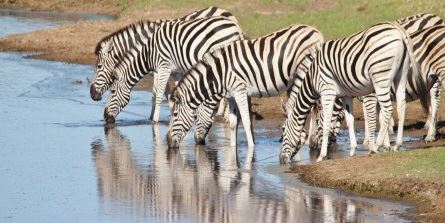
Nature reserves in the Eastern Cape allow visitors to enjoy the Big Five (lion, elephant, buffalo, rhino, and leopard) in their natural landscape through self-drive or guided game drives, while sharks and whales can be viewed along the coastal routes.
Lalibela Game Reserve, in the Eastern Cape, comprises vast areas of indigenous savannah grassland. “Lalibela has more free-roaming predators per 1 000 hectares than any other game reserve in the Eastern Cape,” says Vernon Wait, Marketing Director at Lalibela. This biome has one of the largest carrying capacities when compared with the other vegetation types and this ensures that Lalibela is able to sustain the densest population of antelope/grazers in the Eastern Cape. The numbers of predators that can exist on a sustainable basis are also determined by the carrying capacity of the land and the number of antelope present.
2. Off-the-beaten-track explorations
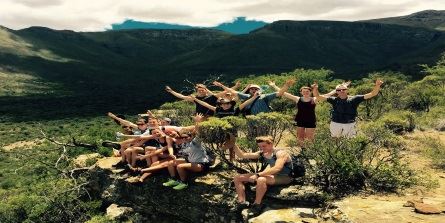
Many privately owned game reserves in the Eastern Cape offer opportunities for off-the-beaten-track explorations and hands-on involvement in conservation initiatives. At Mount Camdeboo Private Game Reserve, guests can get involved in a variety of volunteering initiatives from assisting with wildlife management projects (bird and predator counts, creation of animal identification kits, camera trap surveys), to general reserve management (including the removal of alien/invasive species, and landscape rehabilitation). Guests also have the opportunity to get involved in community outreach and educational work.
3. Malaria free
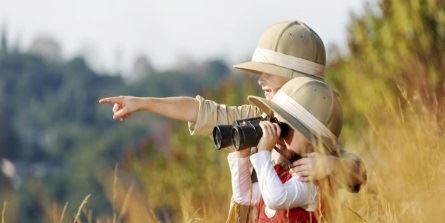
The Eastern Cape is a malaria free area, making it the ideal destination for visitors looking for peace of mind, says Tania Botha, Reservationist at Lalibela. “The need for malaria free safaris has been in demand over the past couple of months and we have seen a substantial increase in families travelling with younger children,” says Botha.
Following on from the fact that the Eastern Cape is malaria-free, some of the private game reserves have dedicated children’s programmes, says Wait. These children’s programmes allow families with younger children to enjoy a safari experience together.
4. Unique bird watching experiences
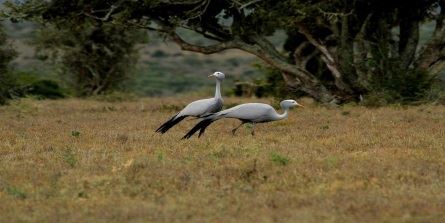
The birding route of the Eastern Cape is the only route in South Africa to offer a range of seven different biomes – grasslands, savannah, succulent thicket, fynbos, coastal thicket, forest and semi-desert.
Kwandwe Private Game Reserve affords protection to a variety of birds. These include the Knysna turaco (known locally as the Knysna loerie), bokmakierie, southern-black korhaan, black harrier, malachite sunbird, eastern clapper lark, and the South African Shellduck. All of these are endemic species that are regularly seen in the Eastern Cape.
5. Diverse plant life
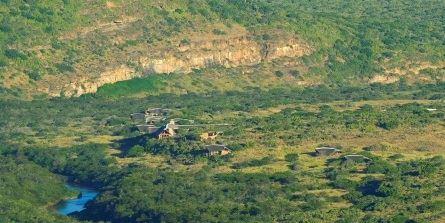
The Eastern Cape offers a diverse range of safari experiences. This is largely due to the convergence of a variety of plant biomes, which in turn makes this region suitable for a great diversity of wildlife and bird species, found in a single region, says Saskia Brown, Sales and Marketing Manager for the Kwandwe and Mount Camdeboo Private Game Reserves.
She adds that Kwandwe’s diverse landscape, from vegetated mountainous areas to the open Karoid plains, also makes it a biological melting pot of vegetation types, from euphorbia forests and displays of winter-flowering aloes to thicket vegetation.
The thicket vegetation is able to support very high numbers of browsing herbivores such as black rhino, greater kudu, bushbuck and eland. It is also one of the top five carbon-storing vegetation’s on the planet. “Portulacaria afra (also known as Dwarf Jade Plant, Elephant Bush and Spekboom in Afrikaans), is native to the Eastern Cape, and is a remarkable succulent tree that has an exceptional ability to store carbon in particular,” adds Brown.























